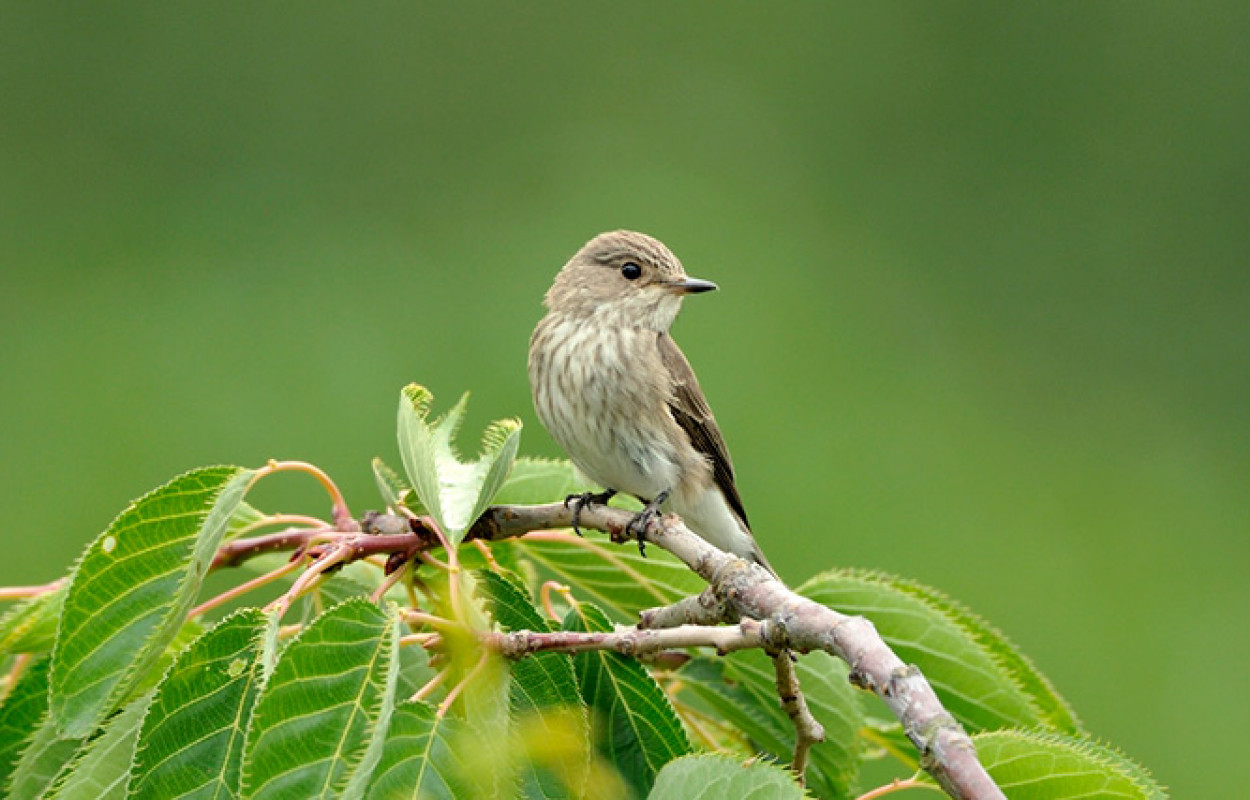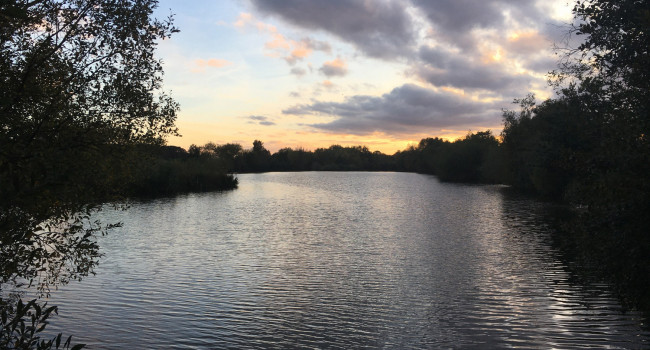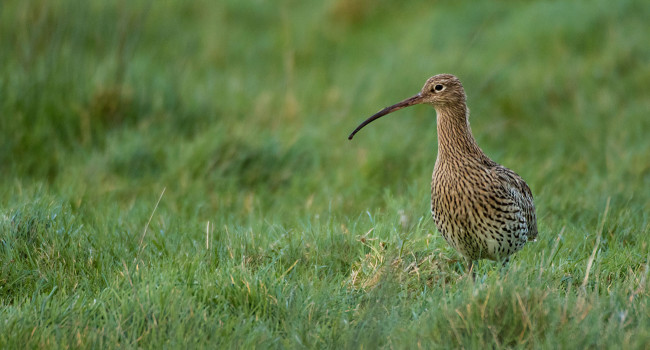Declines in Afro-Palearctic migrant birds are linked to bioclimatic wintering zone, possibly via constraints in arrival time advancement

Author(s): Ockendon, N.O., Hewson, C.M., Johnston, A. & Atkinson, P.W.
Published: January 2012
Journal: Bird Study Volume: 59 ( part 2 )
Digital Identifier No. (DOI): 10.1080/00063657.2011.645798
Many UK-breeding birds that migrate to Africa for the winter have undergone dramatic declines in recent decades. New BTO research shows that both winter habitat and the geographical regions visited had a significant effect on population trends between 1994 and 2008, as measured by data from the Breeding Bird Survey.
Species overwintering in the tropical Humid Zone of west and central Africa (including the Congo basin where our tagged Cuckoos are currently located) declined more rapidly than migrants wintering in other regions. This might be because Humid Zone species have not advanced their return migration dates as much as species wintering further north, and are therefore not keeping pace with earlier springs in the UK. Humid Zone species affected included four on the Birds of Conservation Concern Red List : Turtle Dove, Tree Pipit, Spotted Flycatcher and Cuckoo.
However, generalist species, including the House Martin from the Humid Zone, did well no matter where they wintered. This is because their ability to adapt to a wide range of habitats allows them to cope with changes to land use in their wintering grounds, for example deforestation and agricultural intensification. Conversely, habitat specialists, such as Nightingales and Garden Warblers that rely on understorey and scrub, are likely to be adversely affected by accelerating habitat changes in their wintering grounds, compounding similar effects on their breeding grounds. This study highlights the difficulties and complexities in defining the numerous and often interacting factors underpinning population changes. Further research is needed if we are to effectively protect our migrant birds.








Share this page